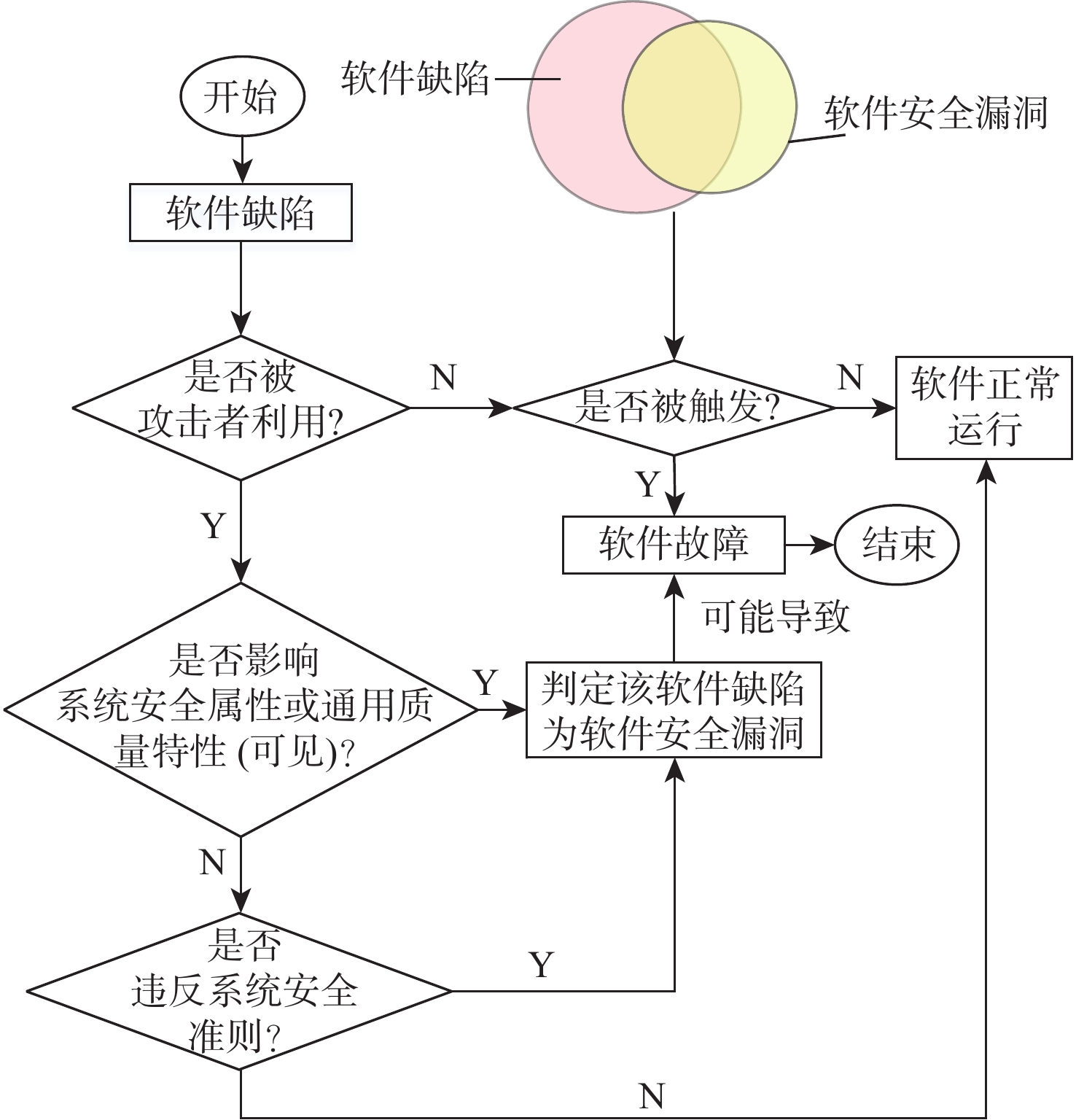In recent years, blockchain technology has been developing rapidly, and It plays a critical role in fintech, supply chain, medical health, data security and other fields. Due to friendly supervision and excellent performance, the consortium chain has become China's first choice for government and commercial blockchain. However, it is usually faced with problems such as the small number of effective nodes, low node independence, and weak sustainable development ability, which reduces the system’s reliability. We suggest the alliance model, a blockchain approach that coordinates several consortium chains to increase system stability, in light of the aforementioned issues. The model stores data by overlapping each other between chains to reduce the possibility of data tampering and ensure data recovery. In addition, we use the methods of aggregated signature and data integrity verification to solve the problems of transmission data integrity and source authenticity. In order to verify the legitimacy of reciprocal endorsement of collaborative data and to check the continuation of the sent data, we also develop an existence verification method. To confirm its efficacy, this scheme's communication, storage, and computational usage are compared to those of the current techniques.







